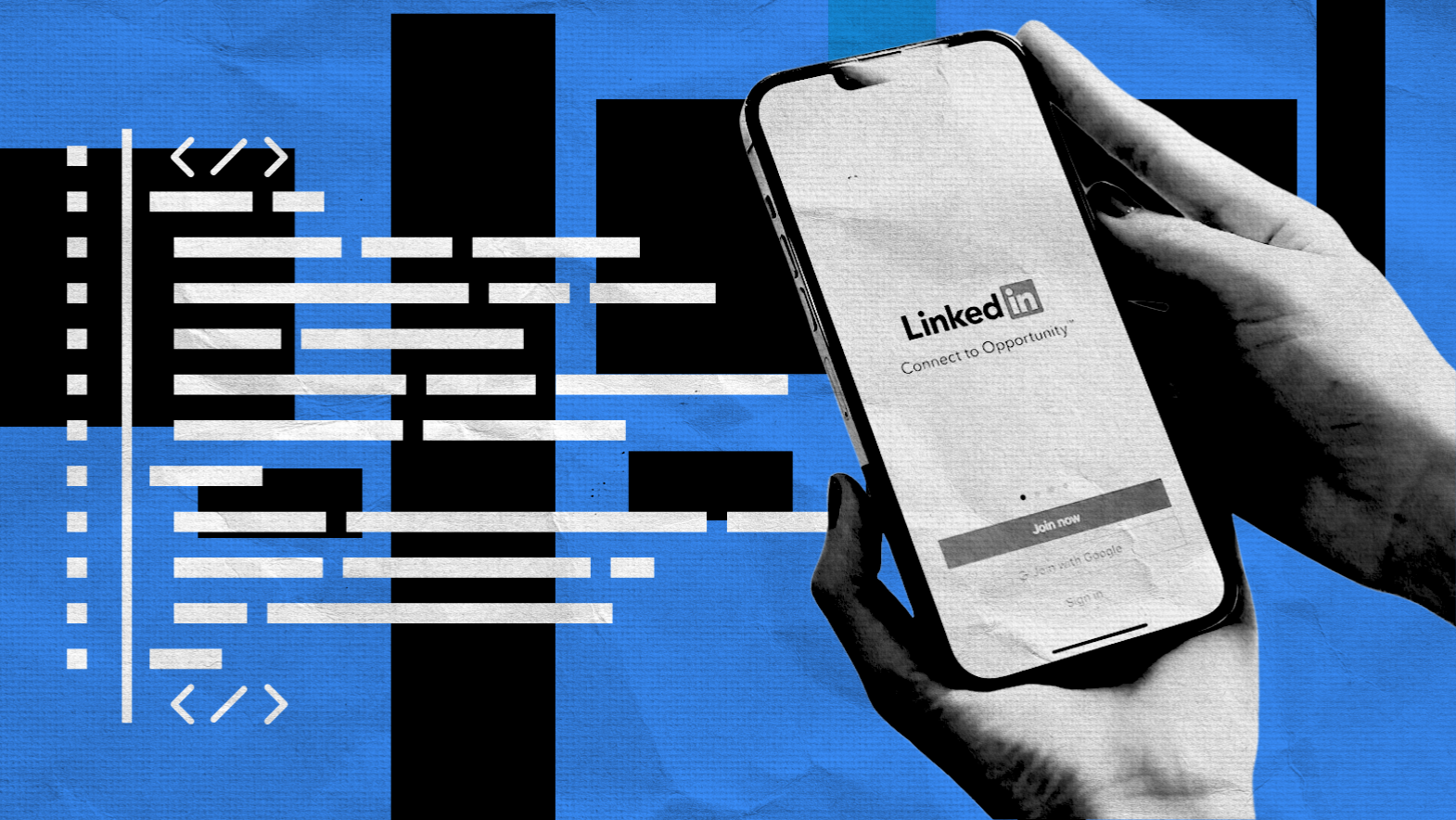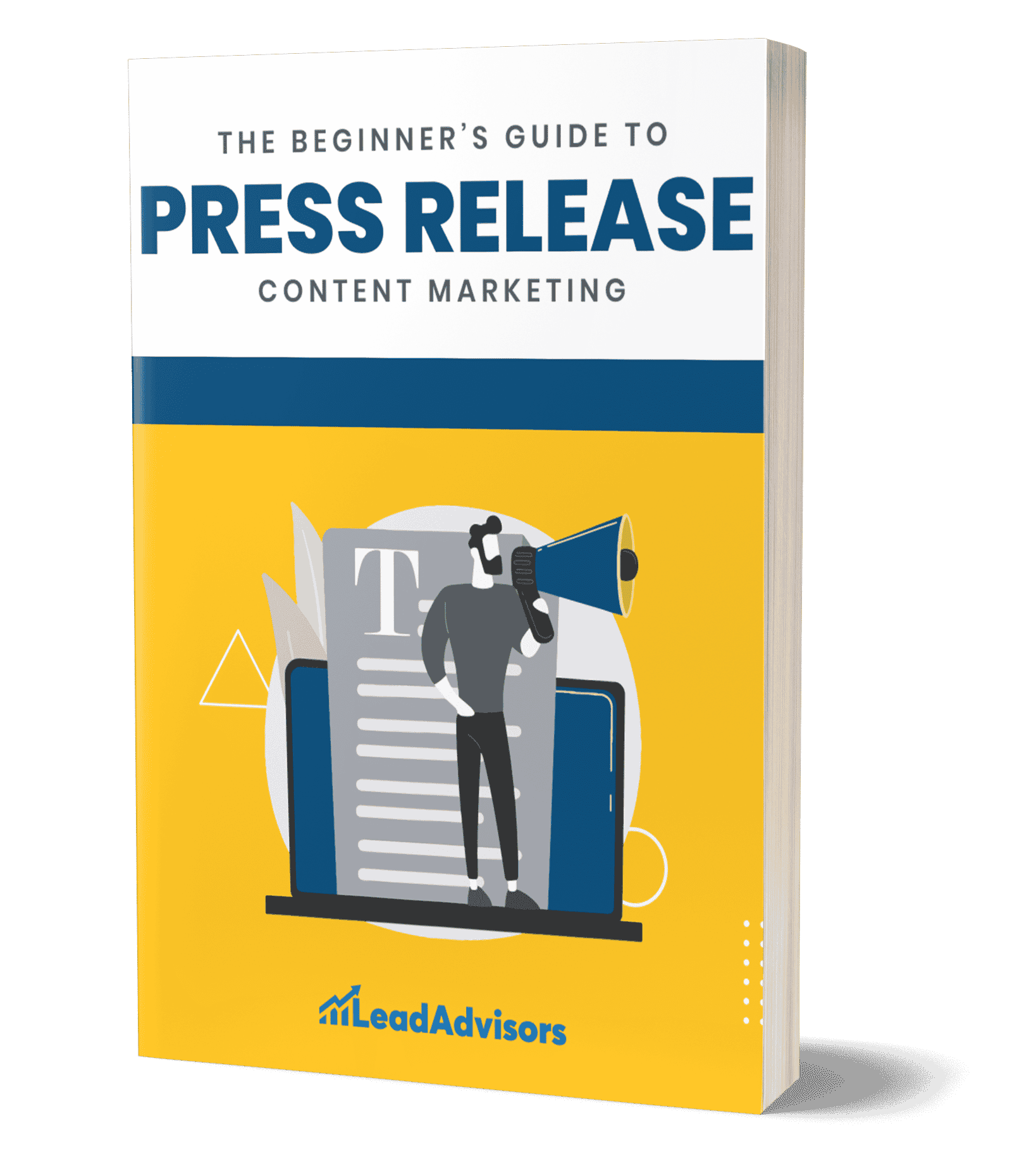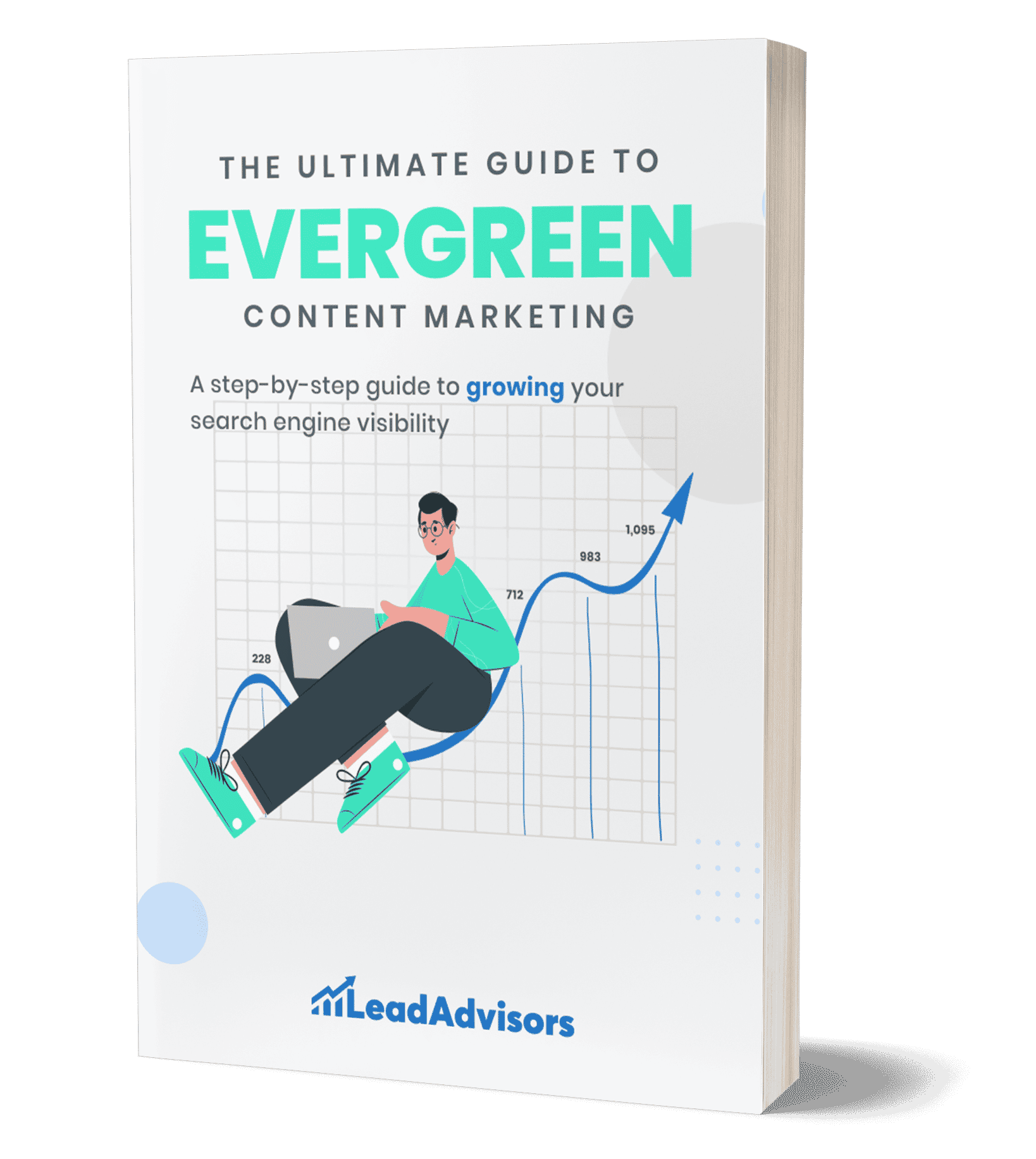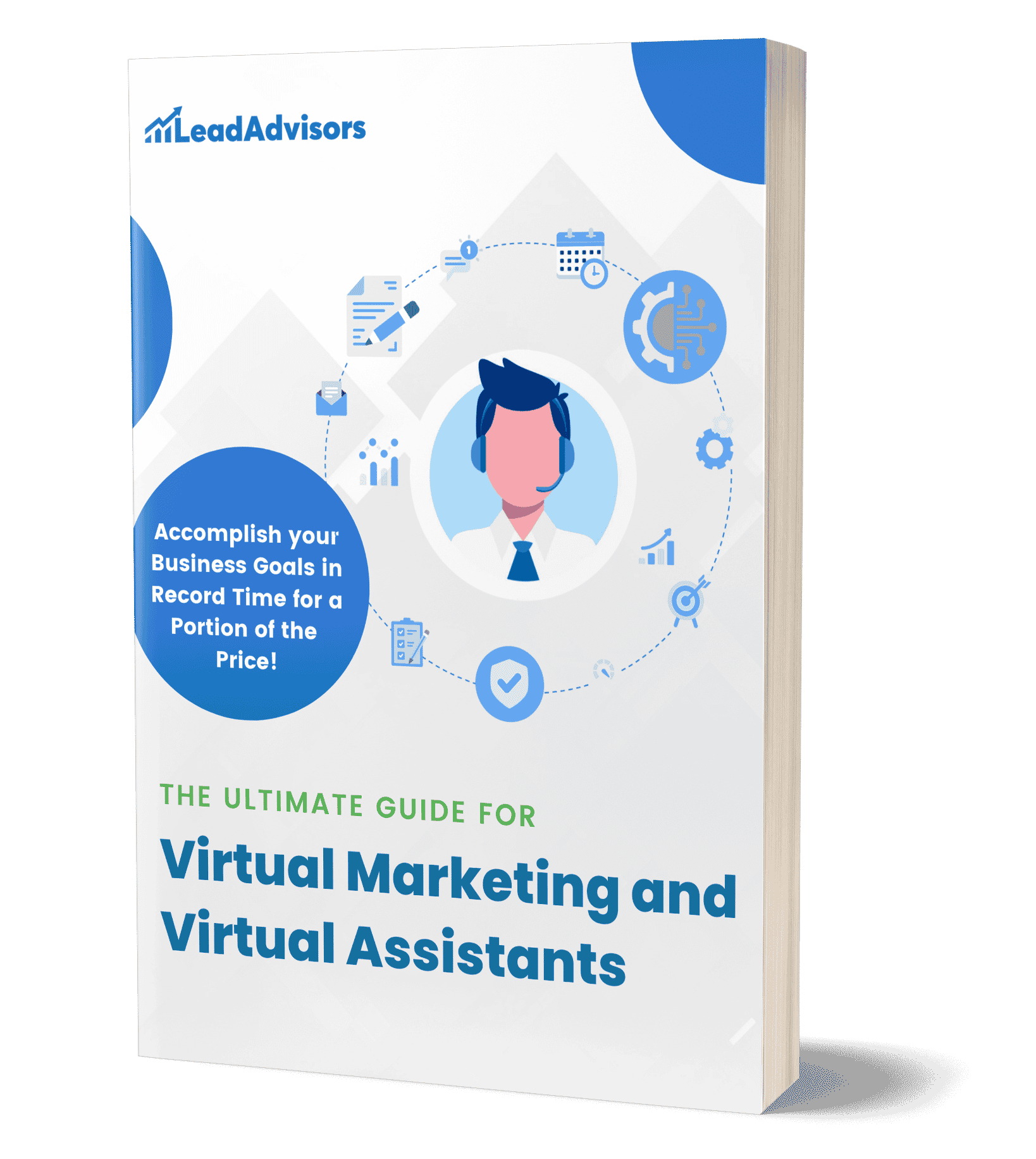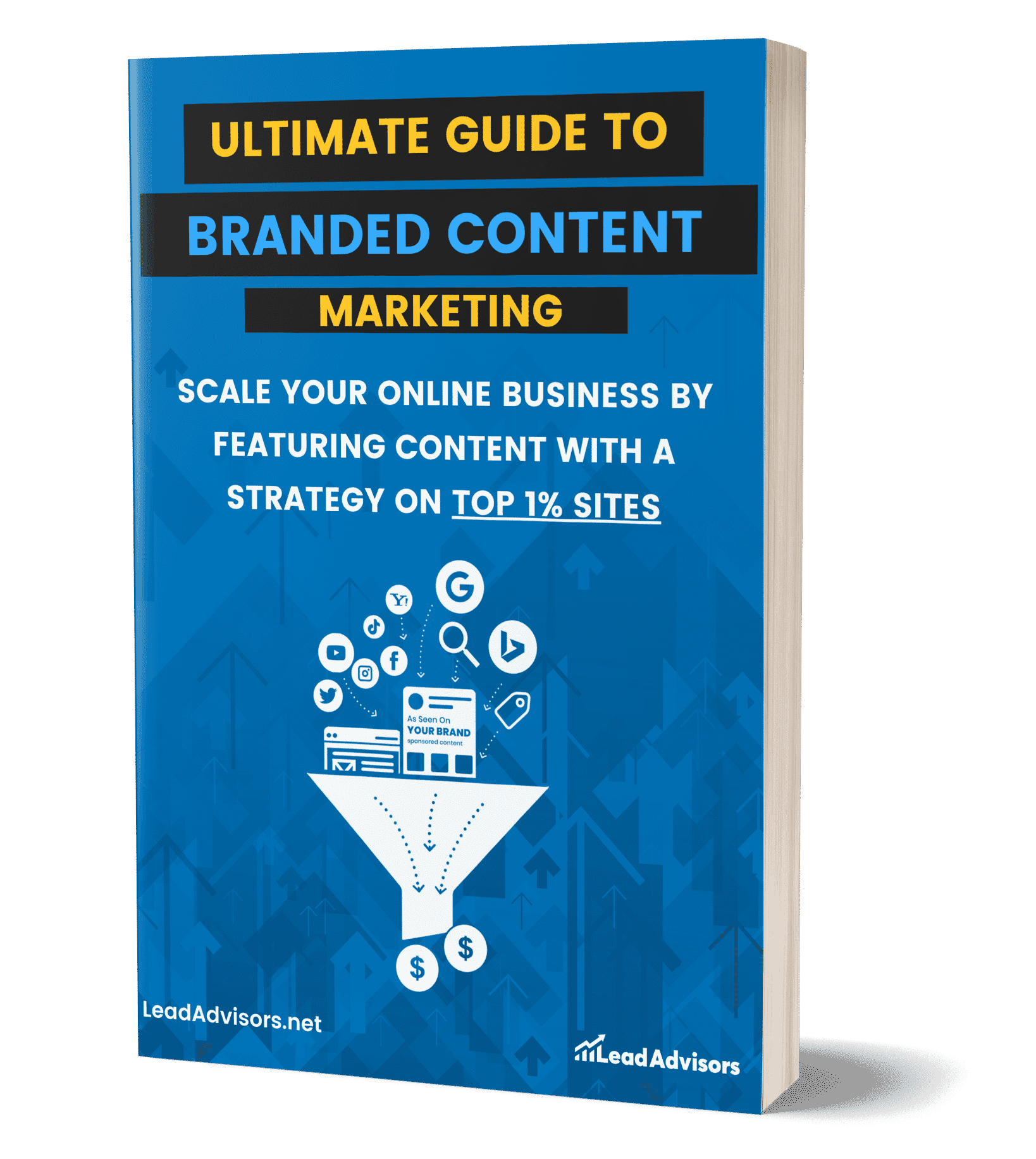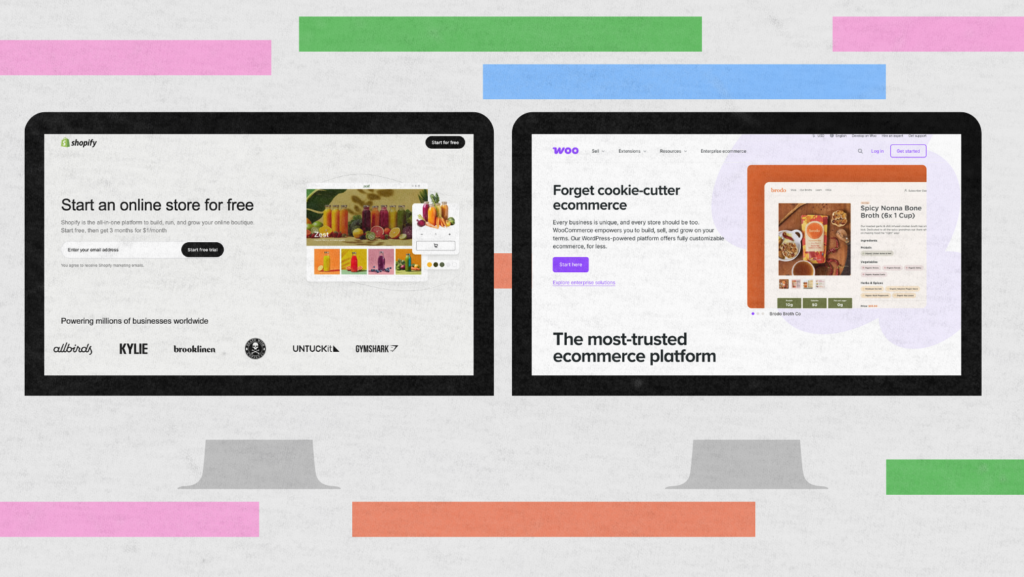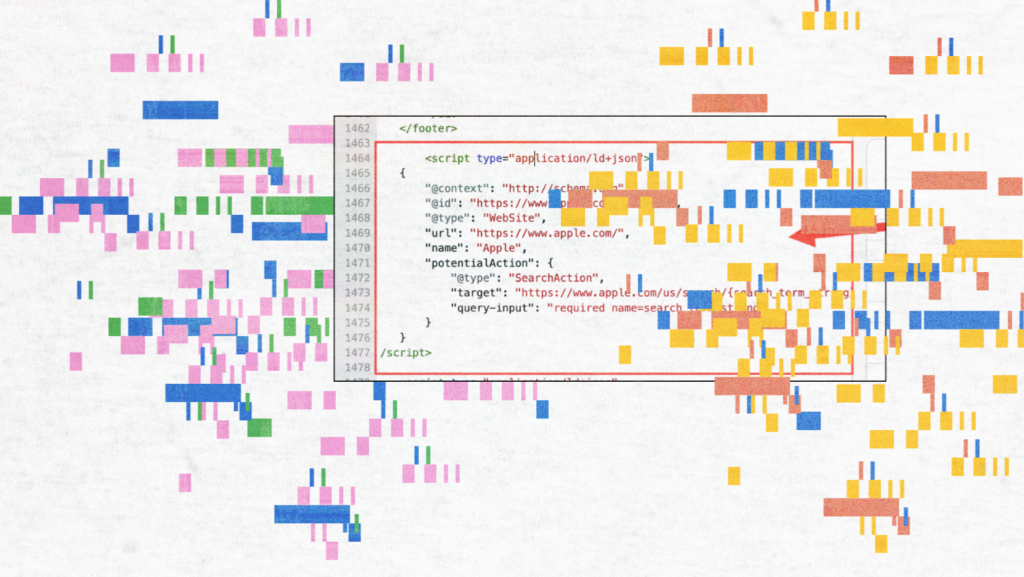And by 2025, LinkedIn newsletters will be one of the most powerful elements for both assertions of expertise and conversations alike.
Unlike your traditional email newsletters. Well, it leverages LinkedIn’s native distribution across the largest community of active professionals on the planet to help get your message out from the noise. If you are a business owner, industry thought leader, or marketer and wish to find your voice, the LinkedIn Newsletter might be one of your most significant assets.
We will guide you on how to start your newsletter publication on LinkedIn and grow it.
What is a LinkedIn Newsletter and Why It Matters
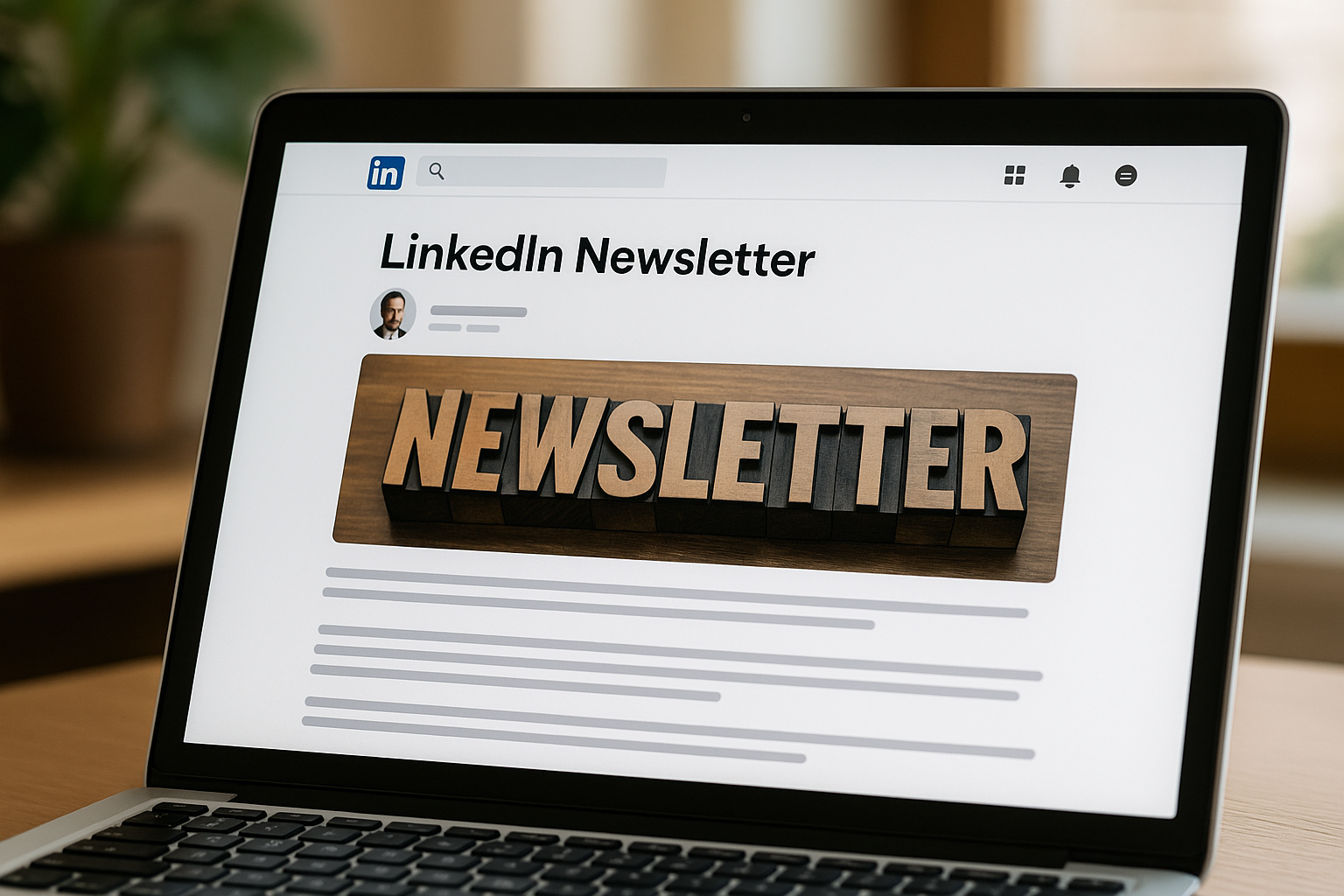
The LinkedIn Newsletter is effectively a content carousel that allows creators and businesses to publish long-form articles periodically (like email newsletters). However, this content appears in people’s feeds on LinkedIn, not their email. They are on the platform and have in-platform notifications, as well as getting an email when you publish, so they see this news twice.
Why it matters:
- Visibility boost: Newsletters are often promoted to a user’s feed by the LinkedIn algorithm, which can provide a visibility boost
- Credibility builder: Publish regularly to establish yourself as an authority in your niche and strengthen your brand positioning.
- Networking opportunity: Subscribers can comment, share, and provide feedback in honest discussions.
- Algorithm advantage: It keeps feeding the LinkedIn engagement monsters with more signals for every version you publish, bolstering organic (read as “free”) reach.
LinkedIn Newsletter vs. Traditional Email
LinkedIn newsletters usually have open rates of 30-40% or even more. Media is promoted not only via email notifications but also through other notification pathways like push and in-app alerts, engaging more readers with the best business and industry news.
But old-school email newsletters still do really well, with average open rates that range from around 21% to much closer to half (for super-engaged / microsegmented lists), depending on your industry and list size.
Together, both of these formats demonstrate that 2025 is an improved time to open up – LinkedIn owns business, and email will always be in vogue. Thus, it is essential for you to compare your results correctly. Platforms like Substack have also popularized the modern newsletter format, showing how powerful long-form content can be when paired with a loyal audience.
Step-by-Step: How to Create a LinkedIn Newsletter
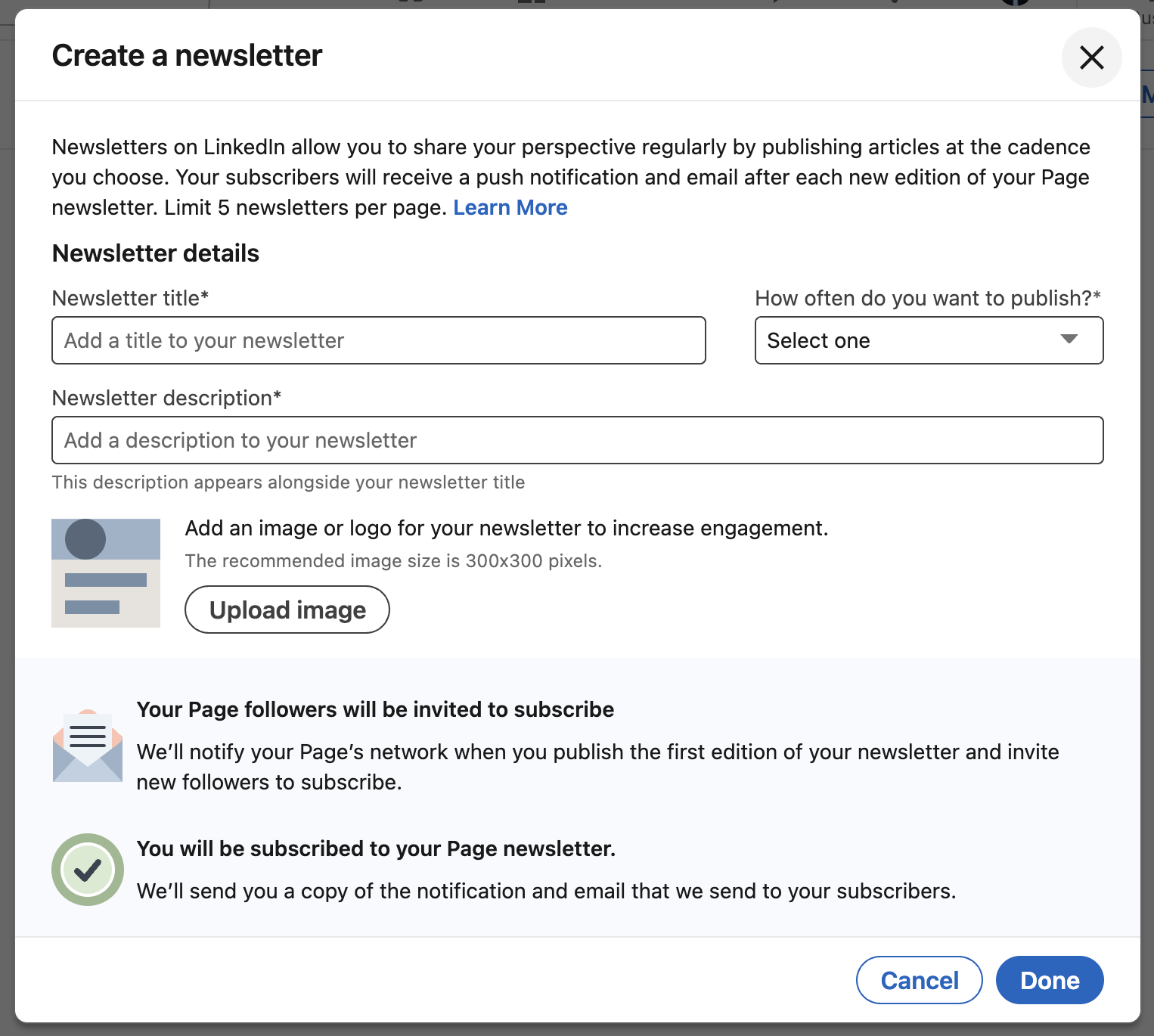
You can create a LinkedIn Newsletter pretty easily as long as you set your settings correctly in the first place. Follow these steps to have the confidence to launch your newsletter:
Step 1 – Meet LinkedIn Newsletter Requirements
Here is what LinkedIn asks from you before making your first publication.
- Activate Creator Mode: This turns on features such as newsletters & LinkedIn Live. Toggle it within your profile by scrolling under “Resources” and clicking the Creator Mode button.
- Professional Profile/Page Setup: Make sure that your profile or page is fully set up with a professional logo or headshot, banner image, about information, and an activity timeline. Protip: LinkedIn allows people with strong followings who post regularly and are a qualified voice in their industry to access newsletters.
Step 2 – Setting Up Your Newsletter
Once you have access, here’s how to set it up:
- Choose a Name & Branding: Your newsletter title should be short, include keywords, and show the reader that you are excellent at discussing your email marketing concept. An example is “The B2B Growth Insider,” and another one is “AI Marketing Weekly.
- Add a Logo/Banner Image: Visual branding matters. A personal headshot, a company logo, or, even better, a custom design that matches being associated with your brand.
- Write a Compelling Description: This is your elevator pitch. Learn, Insights, Tips & Trends, and the frequency of your publication? Keep it engaging and benefit-driven.
Step 3 – Writing Your First Newsletter Edition
Now comes the fun part – publishing your first edition:
- Formatting Tips: Separate the article into H2/H3 headings and lists, and include images throughout.
- Storytelling works best when you study proven blog examples for inspiration on structure and tone. Start with a hook, tell a story, include attribution, or ask them to share this.
- SEO Optimization Inside LinkedIn: Just naturally using the focus keyword (“LinkedIn Newsletter”) in title, subtitles, and text. Employ relevant hashtags (eg, #LinkedInNewsletter, #DigitalMarketing, #ContentStrategy) to increase your followers.
Pro tip: to get readers’ eyes and numbers in your subscriber list quickly, make a splash with an opening headline, ” Why Every Marketer Will Have a LinkedIn Newsletter by 2025″.
Advanced Strategies to Grow Your LinkedIn Newsletter
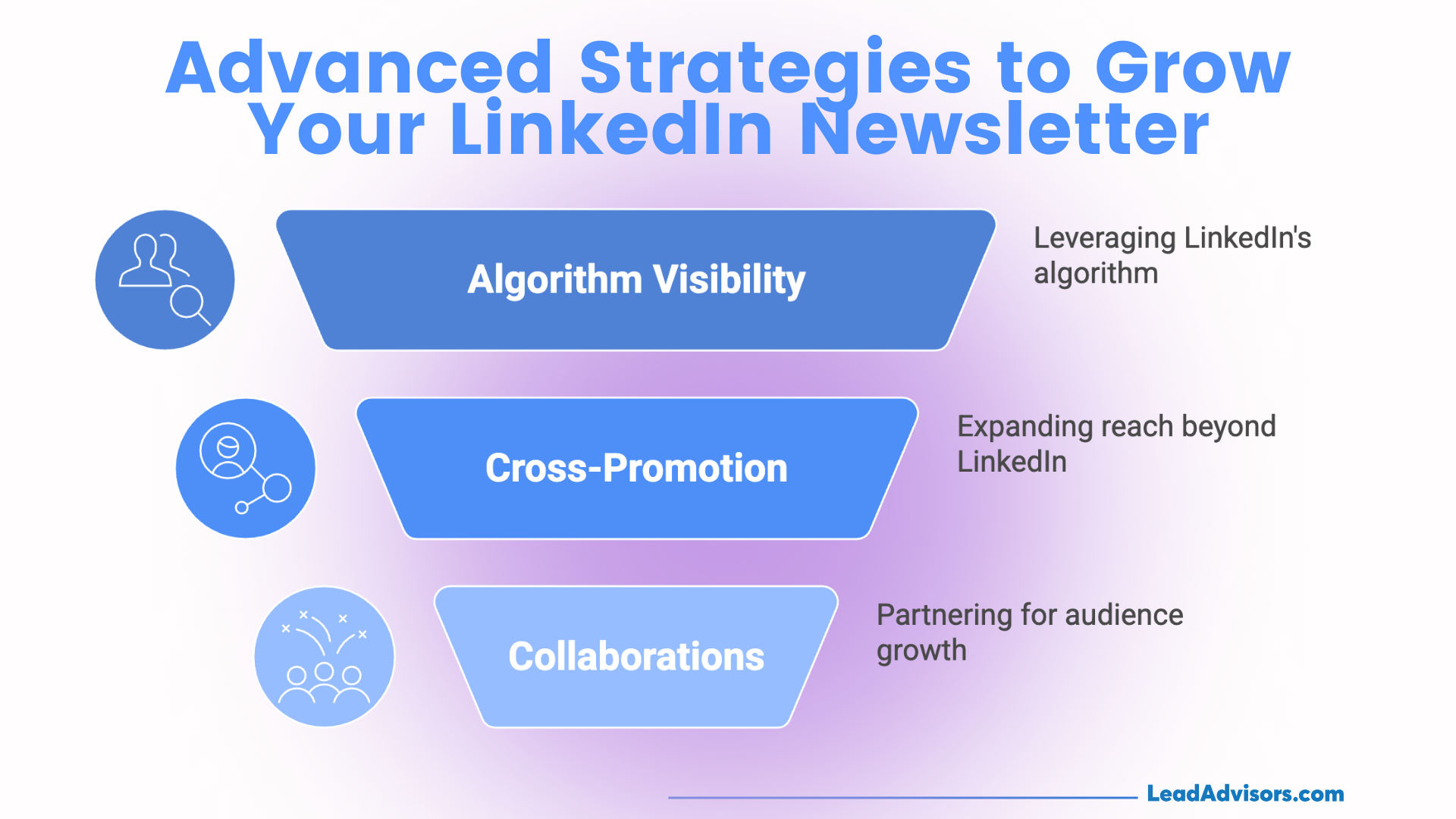
Getting ready to send out your first newsletter is the easy part. You need to think about these advanced strategies, drawing on the data in 2025 LinkedIn and case studies, to build a subscriber base and your authority there. Applying growth marketing principles – such as testing formats and leveraging data—alongside these tactics will help your newsletter scale and get more noticed.
Leverage LinkedIn’s Algorithm for Visibility
The LinkedIn 2025 algorithm favors those who publish more often and actively interact with readers.
- Posting Consistency: The optimal frequency is three to five times a week, and there should be a carousel and links to the Newsletter summary; this will keep your profile alive while the algorithm promotes it.
- Engagement Triggers: The first few interactions are what skyrocket a post’s virality, especially if one of your connections drops a comment and you have to respond to it. If you have a dialogue with someone who comments on your post for 24–48 hours, your post will carry on for weeks later!
Richard van der Blom is een goed voorbeeld, door structureel te schrijven werden elke nieuwsbrief weer groter en werden dialogen gevoerd op de content. As of mid-2025, he had almost 95.6k subscribers and he kept growing some more with data-driven posts – and a conversation about that data. Cross-promotion outside LinkedIn
Cross-Promotion Beyond LinkedIn
Your newsletter’s growth shouldn’t rely solely on LinkedIn. Cross-channel promotion brings in diverse audiences.
- Sharing on Other Platforms: Companies like HubSpot actively promote their LinkedIn newsletters across X/Twitter, Instagram, and email lists. They share teasers or highlights that link back to LinkedIn, creating multiple subscriber touchpoints. You can also boost reach by securing media coverage on industry blogs or news sites that point audiences to your newsletter.
- Embedding Newsletters into Websites: Agencies like Impact+ republish editions on their blogs. This practice boosts SEO traffic, builds backlinks, and funnels readers into LinkedIn’s subscription system for long-term growth.
Collaborations and Guest Features
Partnerships remain one of the fastest ways to expand reach.
- Co-Creating Content with Influencers: Dave Gerhardt, a well-known SaaS marketer, frequently partners with B2B brands and peers for content swaps and guest editions. These collaborations expose newsletters to new, highly relevant audiences.
- Cross-Newsletter Mentions: Creators like Justin Welsh and Chris Walker leverage mutual callouts and content sharing across their newsletters. By endorsing each other’s work, they tap into new subscriber pools while strengthening thought leadership.
Key Takeaway:
LinkedIn newsletter growth in 2025 isn’t about one silver bullet – it’s about combining consistency, algorithm-savvy publishing, cross-promotion, and collaboration. The most successful creators use all four strategies to accelerate subscriber growth and engagement.
Measuring Success with LinkedIn Analytics
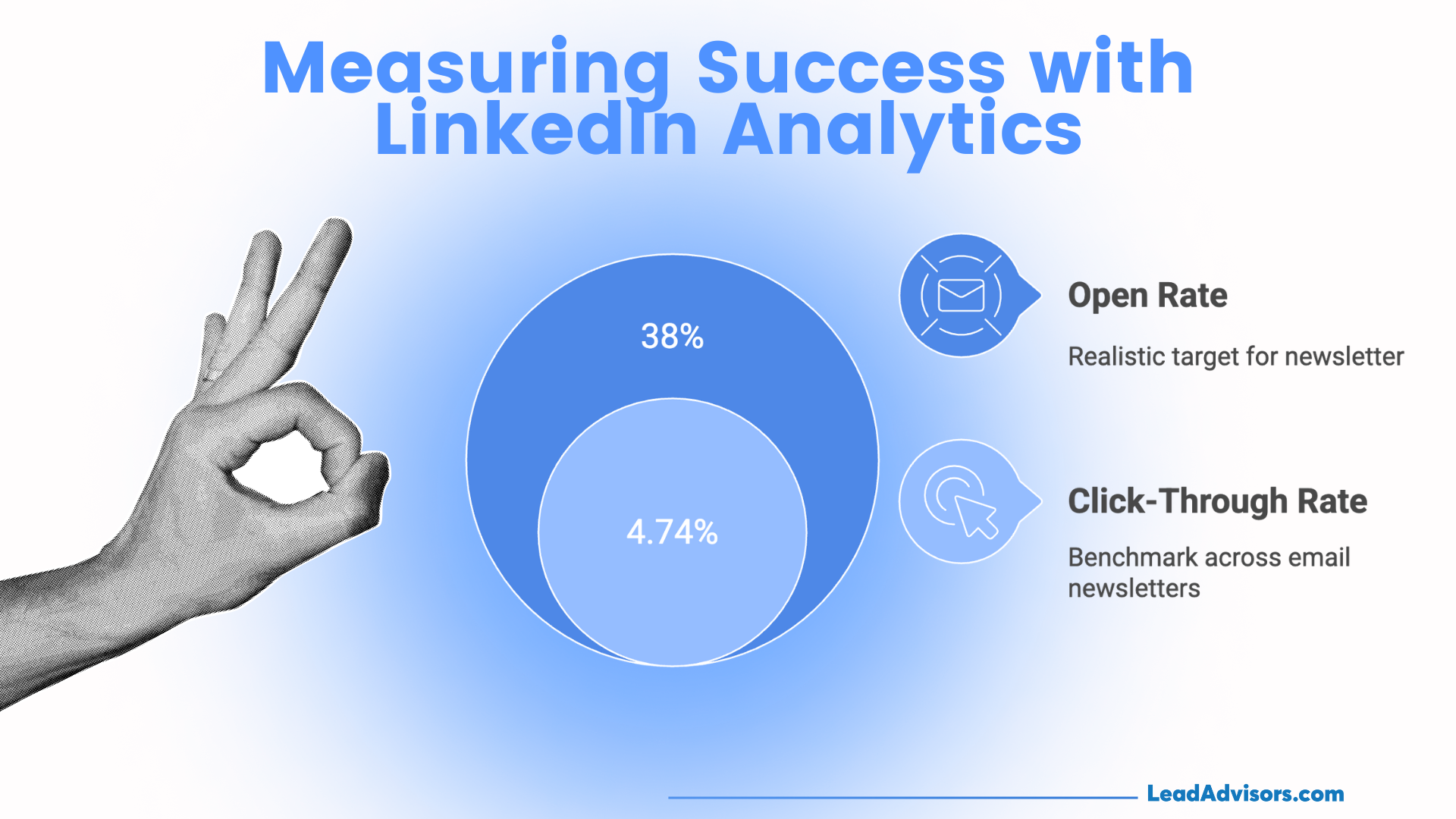
Newsletters are not just email blasts; they can be monitored and improved based on data. LinkedIn offers native analytics, so you can track how well your content is performing, from open rates and engagement to subscriber growth.
Key Metrics to Track
- Open Rates: For the 2025 LinkedIn Newsletters, open rates averaged around 30-40% (some campaigns creeping beyond that). Overall, email newsletter data broken down in Q1 2025 averaged 49.3%, which includes LinkedIn campaigns. This pales by comparison to GlueLetter. This is doable because a good barometer on LinkedIn is approximately 38%.
- Click-Through Rate (CTR): The LinkedIn newsletter has a CTR between 3-5% (Email newsletters overall have an average CTR of 4.74%). High CTRs demonstrate that your content is pushing readers to take action outside of the platform.
- Engagement (Likes, Comments, Shares): Yes, LinkedIn confirms that newsletter engagement has increased by 47% YoY and shows more conversations directly in the comments, which also correlate with being seen by more people.
- Subscriber Growth & Retention: With LinkedIn, you receive more than just a count of subscribers but also uplifts (email sends), impressions, and demographics to help identify who is responding and drop-off points.
How to Use Analytics to Improve
- Refine Headlines: If your open rate is less than 25%, it surely shows that your subject lines are off-topic. Experiment with curiosity-driven, benefit-led, or problem-solution types.
- Experiment with Content Mix: A/B Test on performance between how-to guides, thought leadership, and case studies. Embrace the formats, make CTR and engagement go up.
- Timing Optimization: Analytics often point to mid-week mornings as the prime time to improve visibility and open rates. Always test your send time to see how it can benefit your audience.
- Leverage Demographics: Leverage demographics, using the data from LinkedIn Subscribers and figuring out what top customers care about most, then create content to engage this core audience.
Real Example:
Creator Science – Open-ended questions are the best method to prompt a reply from newsletters in my time. In fact, it lines up with 2025 engagement statistics that show conversational content results in meaningful and aggregated comments (which brings them to the front of the LinkedIn algorithm) and repeat viewers.
Key Takeaway:
Their LinkedIn newsletters remain one of the top native content formats on the platform, with some open rates in the 30-40% range, CTRs averaging between 3-5%, and a nearly 50% year-over-year increase in engagement. Performing even a cursory audit of the data you get from your email programme can help you win subscribers and ensure that people reading your emails are indeed highly engaged!
Common Mistakes to Avoid with LinkedIn Newsletters
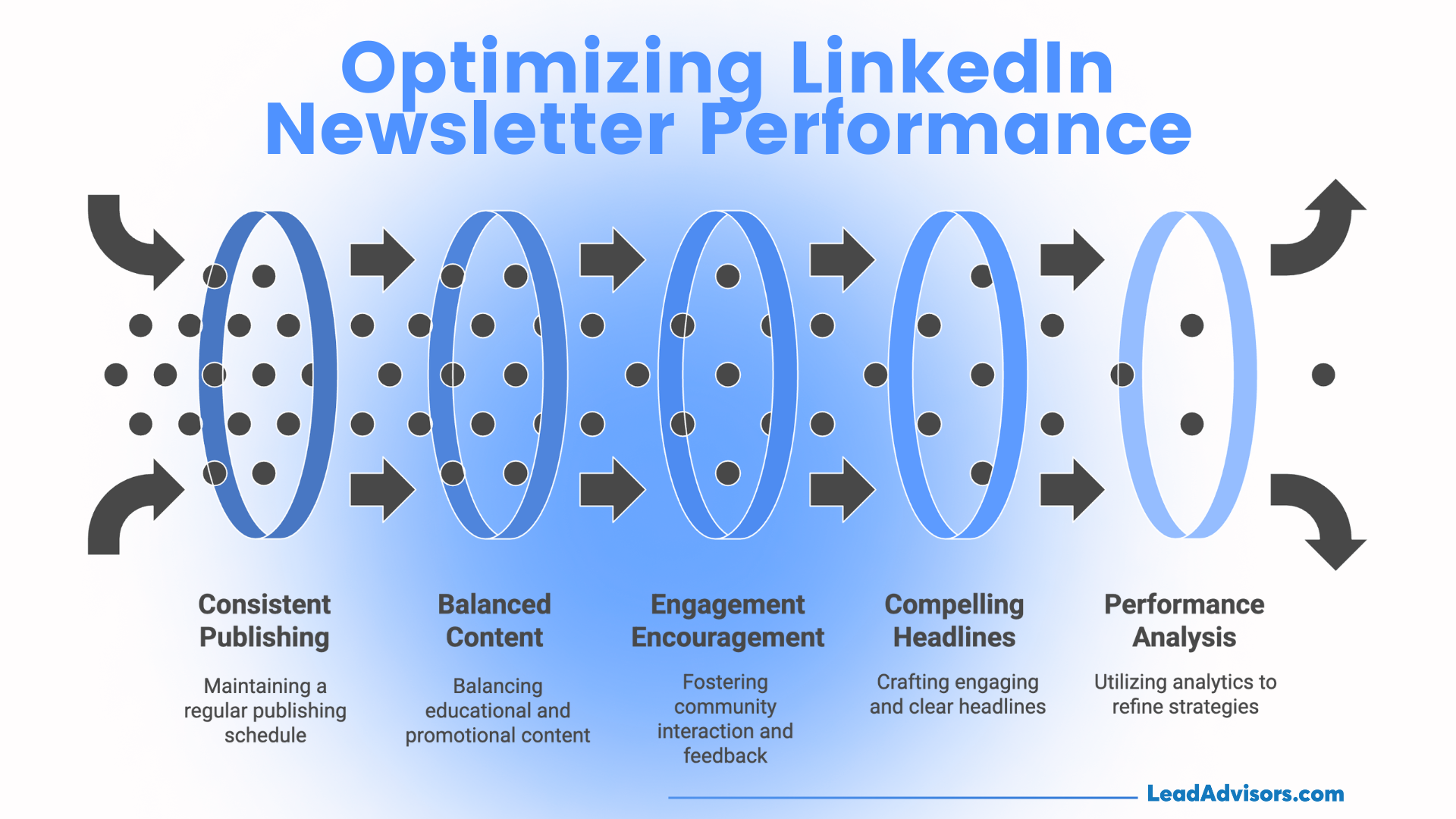
Sometimes, you could have the best content in the world, but if you make negligent errors that hinder your discoverability, your ability to push engagement levels, or, most importantly, trust, then it falls flat. According to them, here are the traps you must beware of when running your newsletter in 2025.
Inconsistent Publishing
The LinkedIn algorithm benefits creators who post on predictable schedules. Spotty newsletters or quitting your series after three editions announce to both the algorithm and your fans that you are not dependable. Both experts and LinkedIn Help suggest posting at least once per week, but some recommend a bi-weekly interval for best visibility and audience retention.
Overly Promotional Content
Newsletters aren’t advertisements. Readers will click on a blog post if they feel like reading sales material (they won’t); it will be a bust. The most successful creators abide by the 80/20 rule, which goes something like this:
- 80%: educational, story-driven, and community-building content
- 20%: subtle, strategic promotion
By leading with value, you make your promotional messages less intrusive and more impactful.
Ignoring Engagement
LinkedIn newsletters are not intended for one-way broadcasting but community-building. If you do not ask for comments or reply to them, you lose chances to increase visibility and build relationships. By ending with open-ended questions in his Creator Science newsletter, Jay Clouse consistently gets a reply and can help train LinkedIn’s engagement-driven algorithm.
Weak Headlines and Visuals
First impressions matter. The text in your headline and the image on your cover will make or break whether someone opens your email. LinkedIn recommends:
- Clear, compelling titles that highlight value or curiosity
- Strong visuals – logos, banners, or images with people’s faces – for higher engagement
Skipping this step makes your newsletter blend into the feed instead of standing out.
Not Using Analytics
This is like running a campaign blindfolded, without being shown the results. You can track open rates, CTRs, engagement, and subscriber demographics directly from LinkedIn’s analytics. Ignoring this would place creators at a disadvantage as it would not allow them to iterate on headlines, send times, and also serve their audience best. By 2025, data-driven improvement will be a given
Pro Tip: Follow the 80/20 content rule, focus on conversations, and track your performance. Here are three best practices – consistency, engagement, and optimization – that set successful newsletters apart from those destined for abandonment.
Frequently Asked Questions
How often should you publish a LinkedIn newsletter for the best results?
What is a good open rate for a LinkedIn newsletter in 2025?
Can LinkedIn newsletters replace traditional email newsletters?
How do you promote a LinkedIn newsletter outside the platform?
Conclusion
Even in 2025, a LinkedIn newsletter is one of the best tools to establish your authority, visibility, and community. Consistency, content that provides value (either educationally or entertainment-wise), and growth strategies such as cross-promotion and collaborations.
With the right strategy, you can help your newsletter stand out for all the reasons – an evergreen asset that reinforces your brand and builds long-lasting relationships with your audience. The implication for business leaders, marketers, and creators is straightforward: if you view your newsletter as a publication-platform-meets-community-hub, it becomes a value-creating asset that will pay dividends long after the sale.

